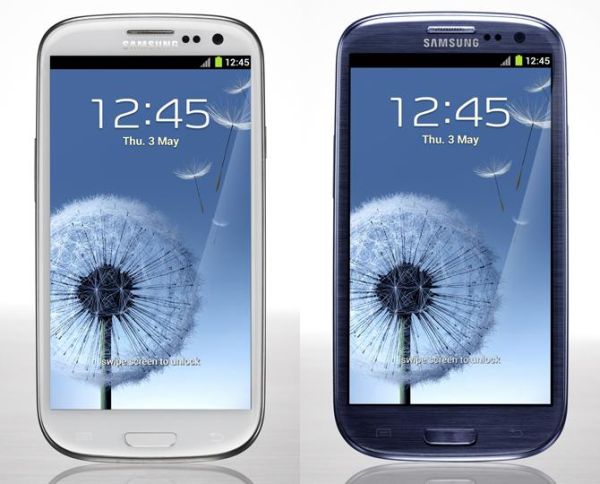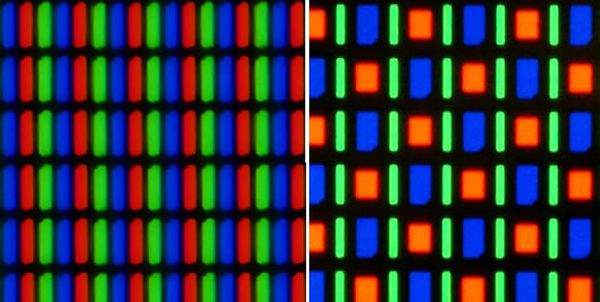Affiliate links on Android Authority may earn us a commission. Learn more.
Samsung defends the PenTile display in the Galaxy S3, promises the most reliable display ever!

Samsung’s Galaxy S3 has only been official for just over a week and is yet to see the light of day in any part of the world, but has already provoked more controversy and passion than probably any other Android-based smartphone in history.
It’s practically impossible to find someone interested in technology who doesn’t have a strong opinion on Sammy’s new flagship phone, with feelings ranging from disappointment and anger to excitement and enthusiasm.
The Galaxy S3’s detractors voiced their discontent with the phone’s design first and foremost. But there have been a lot of voices that expressed concern over the use of a PenTile subpixel layout for the new Super AMOLED display. Samsung’s officials have defended the phone’s design from the get-go, calling it revolutionary and innovative, but up until now they have kept quiet about the Pentile screen “issue”.
However, in an exclusive talk with the guys at MobileBurn, Sammy officials have finally weighed in on the PenTile vs RGB debate. Moreover, they offered what seems like a very plausible explanation for the use of the PenTile pixel layout.
RGB or PenTile – What is the difference?
Before getting into the subject, let’s quickly talk about PenTile and RGB and explain in a few words the two technologies. RGB means “red green blue” and is generally used to refer to the sub-pixel matrix used in a display that sees three individual sub-pixels (one red, one green, one blue) making up a complete pixel. The red, green, and blue sub-pixels exist as vertical bars, each one measuring a third of the width of the full pixel.
In contrast, the PenTile matrix uses five sub-pixels in a different formation. They can act as a part of numerous logical pixels, and they often contain pure white sub-pixels. PenTile displays are perceived as brighter than RGB screens, but many display purists consider them fuzzier and overall inferior to the classic RGB.

Samsung: PenTile is more reliable
Now that we’ve explained how things should be in theory with PenTile and RGB, let’s hear what Sammy has to say. According to Philip Berne, from Samsung America, the choice of PenTile was made with durability and reliability in mind. According to the Samsung official, AMOLED displays that use RGB layouts have a tendency to degrade faster, due to the green subpixels being for some reason more “fragile”.
However, the PenTile matrix used for the manufacturing of the S3 display arranges the subpixels in a RGBG layout (red, green, blue, green). Thus, there are more green subpixels than red or blue, and so the display will have a longer lifespan than a classic RGB.
Furthermore, Philip Berne said that PenTile’s problems with fuzziness and the overall lack of crispness are usually encountered on displays with lower resolutions, like qHD or WVGA. The S3 has a 1280 x 720 pixels resolution display, so, as far as Sammy officials are concerned, it should provide the crispest images around, the widest viewing angles possible, and increased reliability.
What do you think?
There you have it, ladies and gentleman, the reason behind the decision that has stirred so much controversy! I personally haven’t had the opportunity to play around with the S3, so I can’t say if the phone’s display is actually “as perfect” as Samsung describes it. But we will surely do a thorough review soon enough and come back with our opinion.
In the meantime – do you buy Samsung’s explanations? Are you expecting the Galaxy S3 to sport the greatest display ever? Also, do you think that regular users will be bothered by (or even notice) those extremely subtle differences between displays with RGB and PenTile layouts?